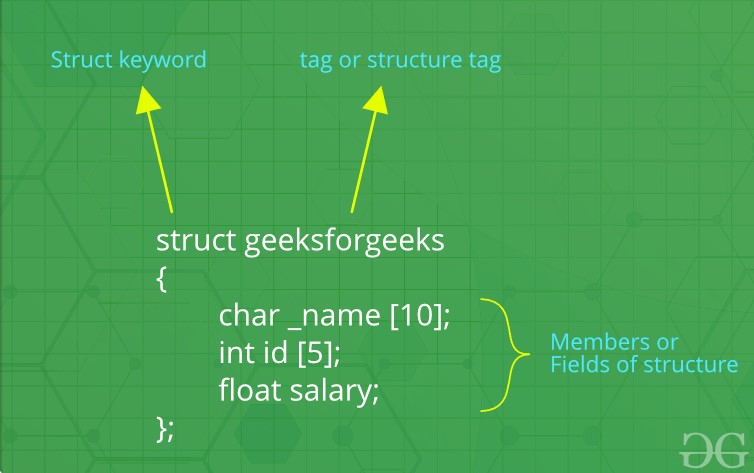C++ Struct 教學
Structure
C++中的 struct 和 class 基本是通用的,唯有幾個細節不同:
使用 class 時,類中的成員默認都是 private 屬性的;而使用 struct 時,結構體中的成員默認都是 public 屬性的。
class 繼承默認是 private 繼承,而 struct 繼承默認是 public 繼承。
class 可以使用Template(模板),而 struct 不能。
Syntax:
1 | struct structureName{ |
C ++中的結構(Structures)可以包含兩種類型的成員:
Data member:variables(變量)。 我們可以在C ++中創建具有不同數據類型變量的結構。
Member function:除了variable,我們還可以在結構聲明中包含function。
How is it used?
例子:
1 |
|
Self-Referential Structures
A Self-Referential Structures is essentially a structure definition which includes at least one member that is a pointer to the stucture of its own kind.
就是自己Object拉著一個Object (詳見 Linked-List):
例子:
1 | struct Node |
Reference
Structures in C++ - GeeksforGeeks
Struct vs class in C++
C++ class和struct的区别
C 語言:結構(struct)自訂不同資料型態綁一起
C/C++ struct和class区别详解
Comment

